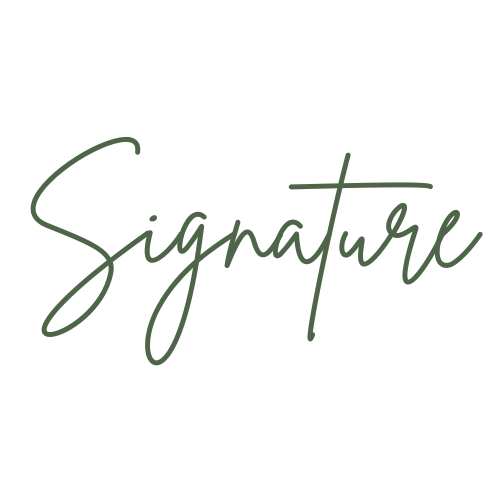Pierre-Auguste Renoir Authentication
Pierre-Auguste Renoir, one of the leading figures of the Impressionist movement, is celebrated for his vibrant depictions of everyday life, characterized by soft brushstrokes, radiant light, and a warm, joyful palette. Born in 1841 in Limoges, France, Renoir’s works capture the essence of leisure and beauty, whether in his portraits, landscapes or his scenes of bustling Parisian life. His most famous pieces, such as Luncheon of the Boating Party, Dance at Le Moulin de la Galette and his series of nudes, are renowned for their luminous quality and their depiction of human intimacy and joy.
Renoir’s art evolved throughout his career, moving from early Impressionist works, where he sought to capture the play of light and shadow, to more classical, figure-centered compositions in his later years. His delicate portrayal of figures and his ability to infuse a sense of life and movement into his scenes made him one of the most beloved artists of his time. However, with Renoir’s work becoming highly prized and frequently traded, the need for accurate authentication has become critical in today’s art market.
The Challenge of Renoir Authentication
Authenticating works by Pierre-Auguste Renoir is a complex task due to the sheer volume of paintings, drawings and prints attributed to him. Renoir was a prolific artist, producing thousands of works during his lifetime, many of which exist in multiple versions or formats. His early Impressionist period is marked by quick, spontaneous brushstrokes, while his later works, created after he developed rheumatoid arthritis, often involved the assistance of studio aides. This evolution in style and technique means that different periods of his career require different criteria for authentication.
Renoir’s fame has also led to a proliferation of forgeries and misattributions, particularly with his more intimate works, such as his portraits of women and children. The Impressionist style, with its emphasis on loose brushwork and color, has been imitated frequently, further complicating the authentication process. In addition, many unsigned works and sketches are attributed to Renoir, making provenance and technical analysis crucial tools in determining authenticity.
While the Catalogue Raisonné of Renoir’s works has provided guidance for scholars and collectors, gaps in documentation or inconsistencies in the historical record mean that independent verification is often needed. At Signature, we provide expert services to ensure that collectors, galleries and auction houses can be confident in the authenticity of a Renoir piece.
Signature’s Approach to Renoir Authentication
Authenticating a work attributed to Pierre-Auguste Renoir requires an in-depth understanding of his artistic phases, techniques and the historical context of his career. At Signature, we utilize a combination of research methods to ensure that each piece undergoes rigorous evaluation.
Comparative Analysis: Renoir’s style evolved significantly throughout his life, from his early Impressionist landscapes and group scenes to his later, more classical depictions of figures. Our experts carefully compare the work in question to verified Renoir pieces from the same period, analyzing key elements such as brushstroke, use of color and composition. Whether assessing a softly lit portrait or a sun-dappled landscape, our goal is to ensure that the techniques employed align with Renoir’s known practices during that stage of his career.
Provenance Research: Provenance plays a crucial role in confirming the authenticity of a Renoir piece. At Signature, we meticulously research the history of the artwork, from its first sale or exhibition to its current ownership. A clear and documented provenance strengthens the work’s legitimacy, but where gaps exist, we investigate auction records, gallery archives and historical references to fill in missing information. Ensuring the work’s history is fully traced is key to providing an accurate authentication.
Scientific Analysis: Scientific tools are essential for authenticating Renoir’s works, especially given the number of forgeries in circulation. At Signature, we use techniques such as pigment analysis, ultraviolet light examination and X-ray imaging to assess the materials used in the artwork. Renoir often used specific pigments and canvases that were popular during the late 19th and early 20th centuries, and identifying any modern materials would raise questions about authenticity. By analyzing the underlying structure of the painting and the composition of the pigments, we can verify whether the work corresponds to Renoir’s methods.
The Financial and Legal Stakes of Renoir Authentication
The financial stakes involved in authenticating a Pierre-Auguste Renoir work are considerable, given that his paintings can sell for millions of dollars at auction. Possessing an authenticated Renoir is not just a cultural honor; it also represents a valuable financial asset. However, the art market is rife with misattributions and forgeries, and acquiring an inauthentic work can result in considerable financial setbacks, legal issues and harm to one’s reputation.
Auction houses and galleries handling Renoir’s works often require expert authentication to ensure that the piece is legitimate before proceeding with a sale. For collectors, the assurance of acquiring a genuine Renoir painting or drawing adds considerable value to their collection. Conversely, purchasing a forgery could result in lawsuits and a devaluation of the work.
At Signature, we understand the financial and legal implications tied to art authentication. Our comprehensive approach ensures that collectors, galleries and institutions can buy and sell Renoir’s works with the knowledge that their investment is secure and authentic. Contact us today to learn more about how Signature can assist with Renoir authentication and protect your fine art investments.

